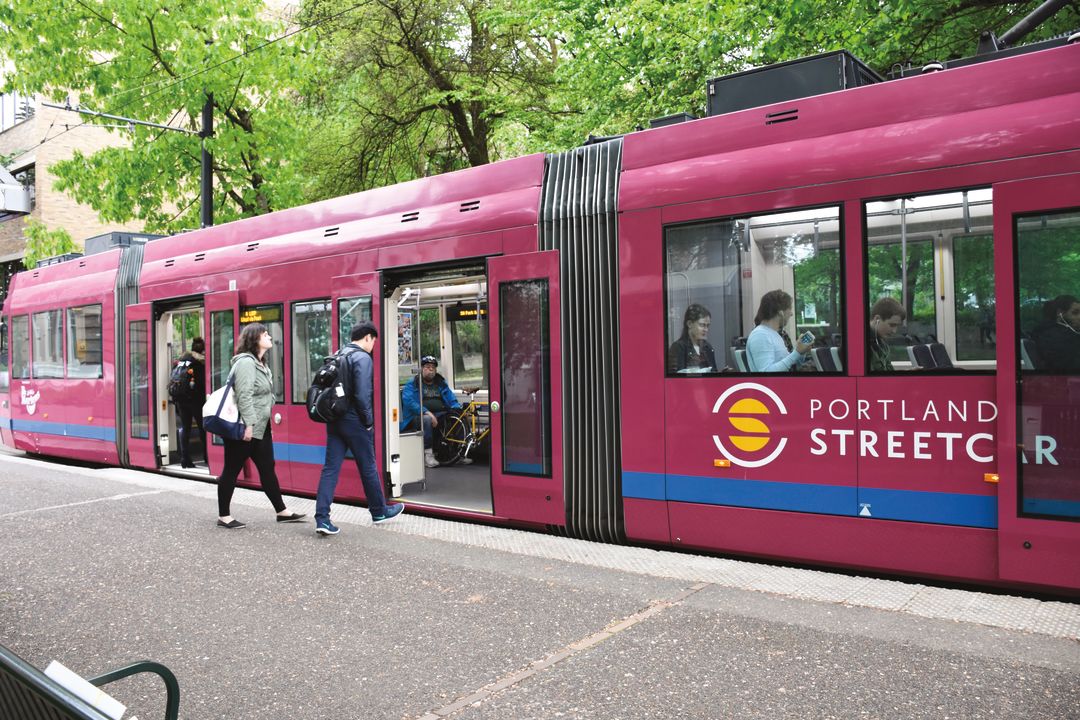As the Portland Streetcar Turns 15, Here’s What You Need to Know about Our Little Trolley

By the Numbers
15,000: Daily streetcar users in 2015
275 percent: Increase in daily riders since 2001
49: Percentage of those users commuting to school or work
32: Percentage of Portland jobs within a quarter mile of streetcar route
2.7 million: New square feet of commercial real estate along streetcar line since 2001
7,400: New residential units built along streetcar line since 2001
Q&A: Dan Bower
Portland Streetcar’s executive director
Who’s riding these days? People who live within a quarter mile of the line. It’s perceived as a tourist thing, but less than 5 percent of our riders are tourists.
To what extent did the streetcar spur development in the Pearl and downtown? We take credit for all of it. (Laughs) Last year, we analyzed how much new investment was attributable to the streetcar. There was $4.5 billion of new real market value added along the line [since 2001]. How to attribute that is a little bit more dubious. But you’re more likely to get more intense land uses, faster, near the streetcar line.
The east-side line opened in 2012. Is it working? The reason our ridership is lagging a little bit is really the lack of investment in housing in that area. The projects in Lloyd [District], the Burnside Bridgehead, and some significant things coming online at OMSI—those will be the base of our ridership there.
What’s next? More service in the morning, and improve from trains every 15 minutes to trains every 10 minutes. More trains. We’re trying to get to Hollywood. Deep Northwest Portland, up near Montgomery Park. Macadam still presents a very viable option for us.
Wait or Walk?
With no right-of-way, the streetcar faces the same traffic your car does. If the next train is more than this many minutes away, you can get there sooner on foot.
OHSU
|
Park Blocks/
|
Powell's |
NW 23rd |
|
OHSU Tram Base |
- | 15 | 22 | 31 |
Park Blocks/PSU |
17 | - | 10 | 17 |
Powell's |
22 | 7 | - | 12 |
NW 23rd |
29 | 15 | 14 | - |
Know Your History
“It doesn’t make me feel bad. The end of the streetcars is just one of the logical and necessary steps in the advancement of public transportation. Portland had a first-class streetcar system in 1910. The state public utilities commission appraised the properties of the system at $18 million [about $179 million in 2016 dollars]. Most of this investment was paved over when busses replaced the streetcars. What equipment is left is good only for scrap.”—Franklin T. Griffith, former president of Portland Railway, Power, and Light, just days before Portland’s once-expansive streetcar network ended service in the winter of 1950.




